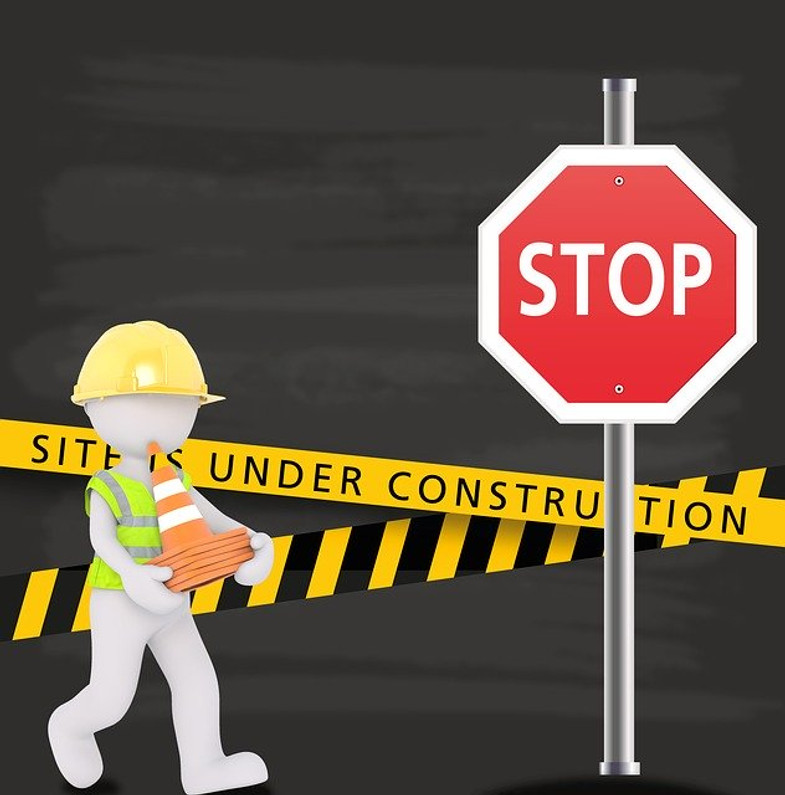What Are Lost-Time Injuries (LTIs)?
While work-related injuries have declined over the past few decades, millions of workers are still injured in any given year. The Bureau of Labor Statistics (BLS) reports that some 7 million U.S. workers are injured each year. Of course, some work-related injuries are more severe than others. While workers often sustain minor injuries like sprains and bruises, severe injuries can and do occur. Lost-time injuries (LTIs), for example, are typically severe because they force workers to take time off. What are LTIs exactly, and how can you prevent them from occurring in your workplace?
Overview of LTIs
An LTI is any type of injury sustained at work that forces the worker to take time off. When a worker is severely injured, he or she may be required to take time off. Workers must recover from severe physical injuries. If a worker stays on the job after sustaining a severe physical injury, he or she may not recover. The worker could, in fact, make the injury worse. Therefore, workers typically take time off to recover and/or seek professional medical care after sustaining a severe physical injury. An LTI is simply a work-related injury that requires time off to recover from.
Common types of LTIs include the following:
- Broken bones
- Severe lacerations
- Eye injuries
- Severe back injuries
Calculating LTI Rate
LTI rate is a measurement of how much LTIs affect a business's productivity. It's calculated by taking the total number of LTIs that occur in a given period and dividing that number by the total hours worked in the same period. Finally, you must multiply this number by 200,000, resulting in the LTI rate.
How to Prevent LTIs
Like all work-related injuries, LTIs can often be avoided by implementing proper safety precautions. Providing workers with the necessary personal protective equipment (PPE), for instance, can lower the risk of LTIs. Under the Occupational Safety and Health Administration's (OSHA's) guidelines, employers are required to provide workers with PPE. Keeping floors dry and clear of obstructions can also lower the risk of LTIs. If the floors are wet or obstructed, a worker may slip or otherwise fall.
Regardless of what type of business you own or manage, you should keep an eye on its LTIs. LTIs are concerning because they force workers to take time off. When a worker sustains an LTI, he or she won't be able to stay on the job. The worker will have to either stay home or seek professional medical care until he or she has recovered.
Recent Posts
-
Fire Safety in the Workplace: What You Need to Know
What steps are you taking to prevent fires in your workplace? According to the U.S. Occupational Saf …Aug 23rd 2023 -
Is It Safe to Go Jogging With a Cold Infection?
If you're suffering from a cold infection, you might be wondering whether it's safe to go jogging. T …Aug 22nd 2023 -
5 Safety Tips to Follow When Using a Powder-Actuated Tool
Powder-actuated tools are commonly used to join materials to steel and concrete. Also known as Hilti …Aug 20th 2023




